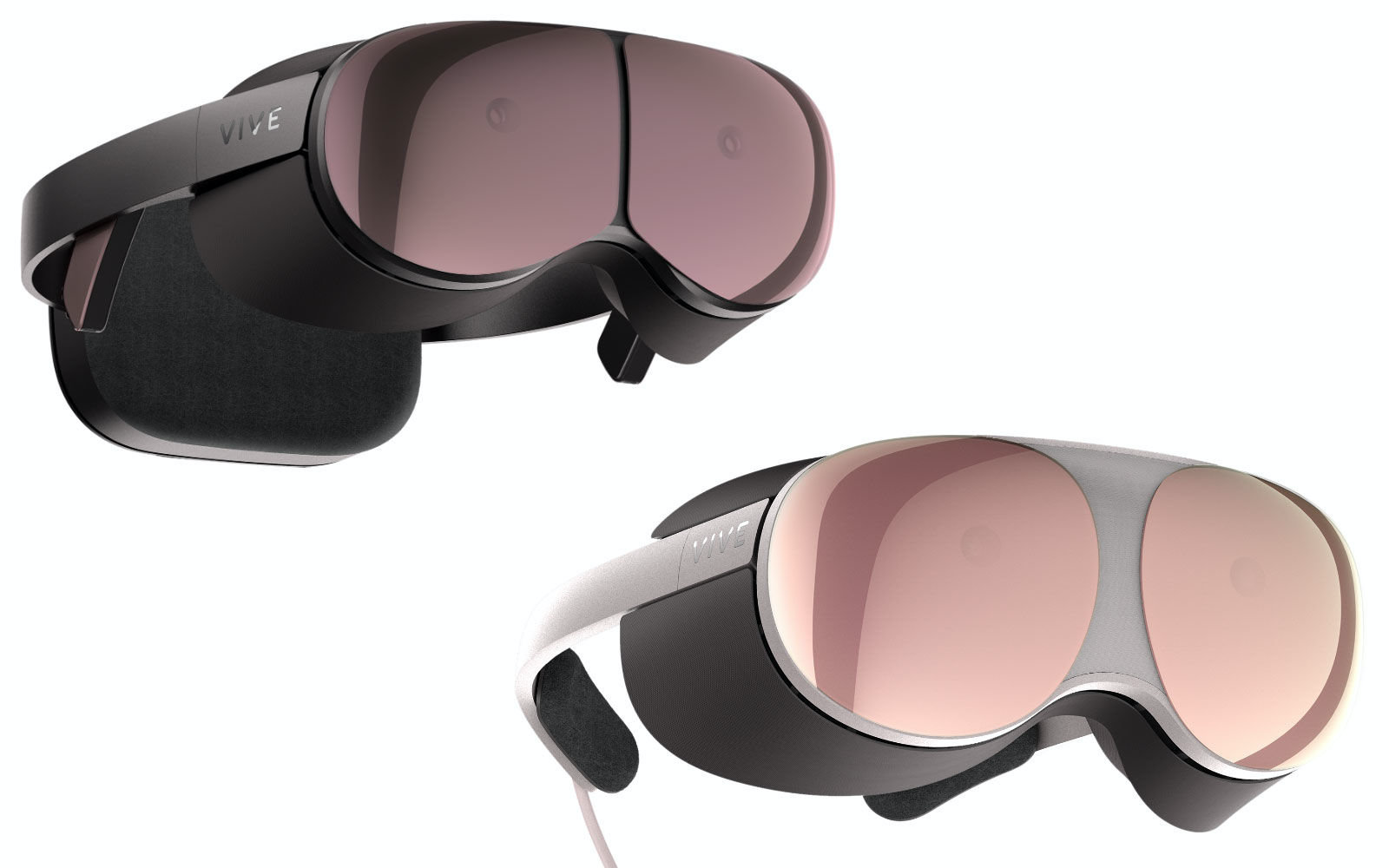Vive has had a busy day. They kicked off the 20th of February with the reveal of three new Cosmos headsets they are launching this year. Followed by that, the company showed some renderings of the latest project the Vive team has been working on. Dubbed “Project Proton”, CEO Yves Maitre says that the next generation of VR will resemble and be “really, really close to normal glasses.”
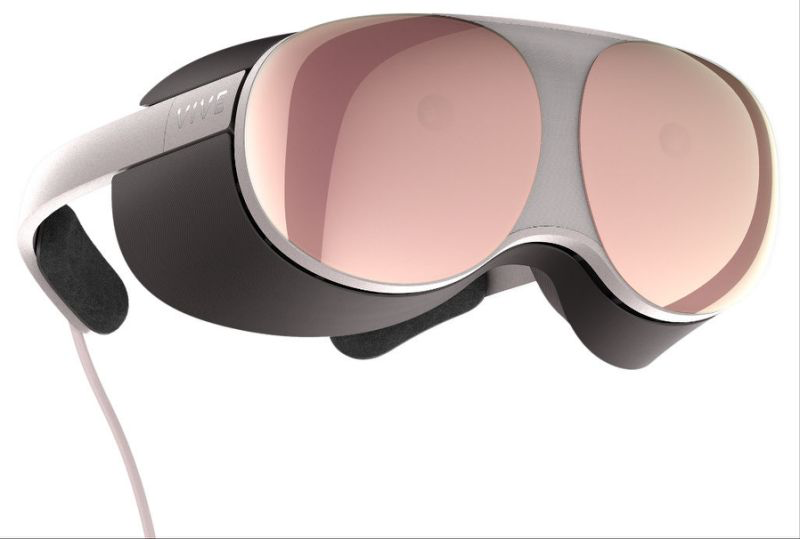
The renders don’t necessarily look that way, but we haven’t tried them on yet. We don’t have any room to make assumptions about how they feel on the face. What we do know is how they look though, and how the company plans on deploying the newest version of VR throughout the next few years.
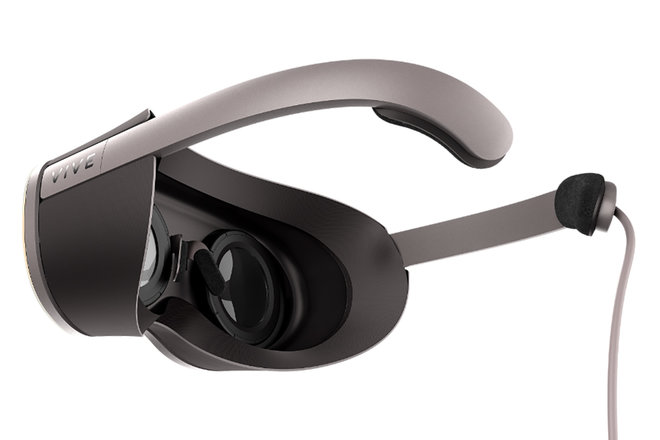
In a statement from Vive, a rep of the company said that “Project Proton is a prototype of a future XR glasses-style device from HTC Vive that we hope to hear feedback on from the community as we continue to work on the product.” There is no information regarding specs or what to expect from this AR/VR headset, but we do know what Vive is looking to accomplish. Vive, much like many other companies, know that multi-use headsets are a must for continued success in this realm of consumers.
Project Proton
Project Proton covers two different headsets. There is a VR focused render that seems too be completely self contained. This headset has to cameras on the front that resemble a pair of eyes. This is likely used for inside-out tracking, but it could also be used for HQ passthrough. The visor is insanely slim and would not limit your movement in the slightest. This isn’t your typical VR black box.
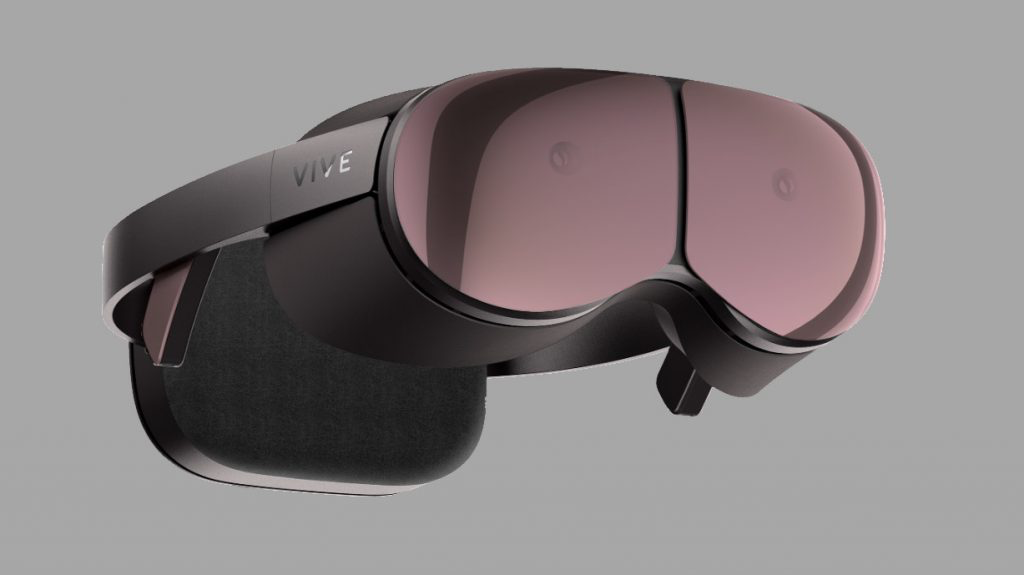
The next headset, the pair that looks more like glasses, seems like it’ll be powered by an external processing module. This could be, but isn’t limited to, a smartphone or a tablet that you carry with you. This is awfully close to what Nreal and Magic Leap are doing right now, confirming our speculation that this would be a headset more focused on passthrough AR than anything else.
Both headsets seem as though they would be capable of virtual reality, but the all-in-one headset seems more suited for such situation. The tethered headset would be focused on AR, but still capable of casual VR experiences.
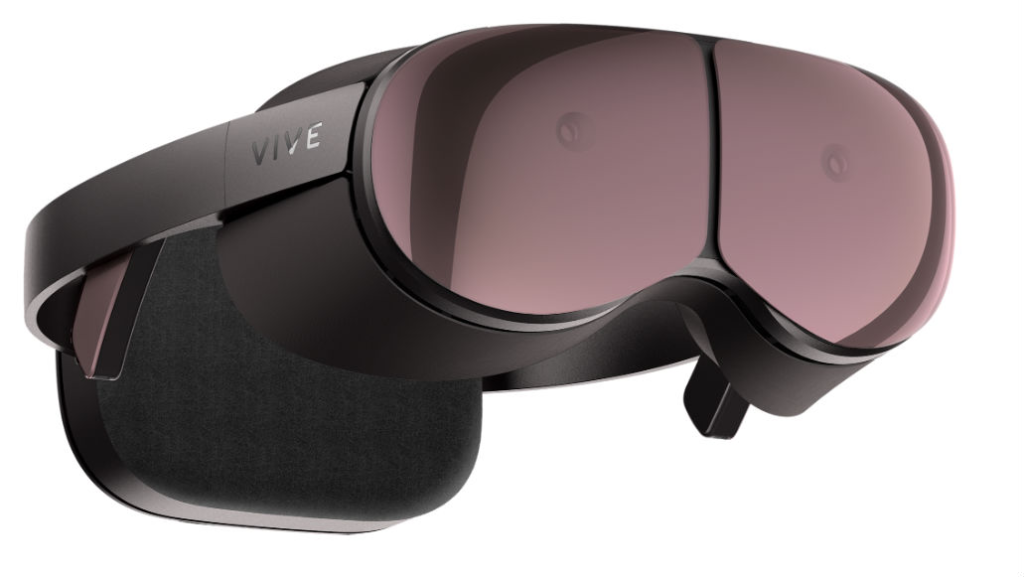
The field of view could take a hit with this slim design, but we are sure it is something they are taking care of in the early stages of production.
As for audio, the all-in-one seems to have a sound bard on either side of your head, making for a crisp audio experience. The tethered headset seems to have audio inside of the straps that would hold the headset to your head. This wouldn’t be as crisp or immersing, but it would allow for real-world audio to hit your ears at a much higher rate. Again, this only adds to the idea of AR and VR being specific for each headset.
Final Thoughts
Although these are just renders of what could be, this is incredibly promising. Vive has shown consumer initiative that is rare to see inside of this industry. With three reveals of real products today paired with this idea, Vive is in great position going forward. We assume these renders are still years out from becoming a real product, but voicing our opinion of this great idea as a community will be important for Vive going forward. For more VR news and community updates, make sure to check back at VRGear.com.






















